With constantly evolving technology, e-bikes are becoming increasingly popular as a viable alternative to traditional bicycles. They allow riders to easily manage hills and long distances without exerting too much effort. Currently, rear hub motors and mid-drive motors are the two most common types of motors on the market and they differ in the power output as well as the riding experience of the vehicle. This article will inspire you to choose the motor configuration that suits you best.
Mid-drive motor electric bikes
Mid-drive motors are mounted on e-bikes' bottom brackets, a relatively recent technological achievement. The crank is connected directly to the bike's drivetrain. The motor provides power to the electric cycle by means of the crank and chain and increases the efficiency ratio for faster transport. The advantage of a mid-motor electric bike is that it offers greater riding efficiency when riding or climbing. As a result, riders can traverse a variety of terrains with ease, including mountainous ones.

Rear hub motor e-bikes
Located in the back wheel, the rear hub motor supplies power by applying torque directly to the rear wheel. The most common type of e-bike motor now available is the rear hub motor which is not impacted by gears or chains. Hub motors can be categorized as gearless or geared. Hub motors without gears are frequently built more simply and may be operated just by the motor. On the other hand, geared hub motors regulate motor speed by varying gear speed. Geared hub motors are more complex in construction and can achieve higher riding efficiency. Additionally, some rear hub motor ebikes come with a throttle which is installed on the handlebar and may be operated with the thumb or a half-twist. You can change the motor speed and free up your pedal action with a single button push or torque.

Mid-drive motor
|
Pros |
Cons |
|
Offers further riding range |
Need maintenance more often |
|
Easy control with good balance |
More expensive price tag |
|
Offers more riding power to climb hills and go over tough terrains |
Bike cannot move forward if the gear or chain is worn out |
|
Improves your riding comfort |
Pedal assist only so you have to pedal all the time |
|
Better riding efficiency |
|
|
Improved riding safety |
|
Hub-drive motor
|
Pros |
Cons |
|
Longer lifespan |
Offers limited riding range |
|
Needs less maintenance and saves time and money |
Consumes more motor energy |
|
Less wear and tear on the chain and drivetrain |
May not have gears involved in the running process |
|
Throttles allow you to ride without pedaling |
Bigger motor and the battery increase bike weight |
|
More model options available in market |
Not as powerful as the mid-drive motor |
|
Cheaper price tag |
Less safe |
|
|
Overheating will degrade motor efficiency |
Major differences
Difference in mounting position
The main difference between mid-drive and hub-drive motors is their mounting position. A mid-drive motor is generally located in the centre of the frame, close to the pedals, whereas a hub motor is built into the wheel assembly. The mid-drive motor is able to draw power from the crank of the bike whereas the hub motor relies only on the battery for power.
Difference in running power
The difference in value between the two types of motors lies in the operating process. The mid-drive motor runs through the drivetrain, driving your chain and rear wheel. This provides you with a more intuitive riding experience and achieves a better power transfer ratio. A rear hub motor, on the other hand, applies power exclusively to the rear wheel, propelling the rear wheel for transport often without the involvement of gears and chains. This makes the rear hub motor easier to maintain and saves you time. However, the mid-drive motor offers a smoother and more natural power delivery, making it easier to control.
Difference in price
There is a difference in price between these two motors. Mid-drive motors generally need a special frame, and being mounted in the middle of the frame can help the vehicle achieve a better balance. In contrast, rear-drive models may have a standard structure but vary in terms of motor construction, including whether or not they have gears. Due to their increased complexity, the mid-motor electric bike does not offer any pricing advantage. Moreover, mid-drive motors require more maintenance due to their complex design. Generally, rear-drive motors are less expensive than mid-drive motors.
Which is better
It's essential to pick the appropriate bike for your needs because different motor types have benefits and drawbacks. Price and performance are two important criteria to guide your decision.
Price vs Performance
Model price
Hub motors and mid-drive motors have a wide range in price. Hub-drive motor electric bikes cost from $1,000 to $3,000 whereas mid-drive motor electric bikes can vary from $2,000 to $8,000, depending on quality, frame design and market availability.
Hub-drive motor manufacturing costs are less due to more developed industrial production technologies, increased options in the category and less complicated component construction. Mid-drive motor e-bikes typically require frame construction suited to the motor as well as a more sophisticated internal structure to power the chain and gears, raising manufacturing costs.
The variation in pedal sensors is another explanation for the pricing disparity between motors. In general, different pedal sensors, typically cadence sensors and torque sensors, are employed by both motors. Mid-drive motors will often select the more expensive torque sensor while hub-drive motors will be equipped with a torque or cadence sensor. Torque sensors allow you to customize your bike's speed based on how hard you pedal, providing a more natural riding experience. Nevertheless, torque sensors tend to be more expensive than cadence sensors. Vehicles with mid-drive motors and some high-performance hub-drive e-bikes are, consequently, more expensive. For example, in the Cyrusher e-bike category, the Ranger, Trax and Ovia models feature torque sensors.

Maintenance cost
In addition to the bike price, maintenance charges are an important consideration. The mid-drive motor's power generation involves the chain and gears which naturally wear down and degrade during usage, necessitating repair and maintenance to maintain a safe ride. When there is a high degree of daily mountain riding activity, the rate of wear increases, as does the frequency of parts replacement.
Since rear hub motors have simpler internal construction and are less susceptible to wear and tear, rear hub motors are easier to maintain during daily use and have longer service lives. Mid-drive motors are more expensive to fix if they break down. For a rear hub motor, the battery is the most expensive component to maintain because the hub motor's lower efficiency ratio accelerates battery capacity depletion. This is why rear hub motors require a larger battery or a shorter replacement interval and, therefore, cost more in terms of battery replacement.
Mid-drive motors demand more time and maintenance to sustain optimum running efficiency. As noted, the majority of maintenance expenses for rear hub motors are associated with the battery. In contrast, due to the drivetrain components, mid-drive motors require greater expenditures for upkeep.
Performance
The difference in riding performance between mid-drive and rear hub motors is due to running power. Mid-drive motors are the preferred option for mountain enthusiasts. Instead of relying solely on the motor's long-term energy delivery, the internal structure of the mid-drive motor provides the mechanical advantage of operating the gears and chain to optimize efficiency output. And, the vehicle can better regulate speed in different terrain conditions using gear changes. This enables efficient speeds while keeping the motor safe, making climbing maneuvers easier and more daring.
High-performance rear hub motor e-bikes can also exhibit good hill climbing ability. However, since power essentially relies on the motor, overheating is likely to occur when riding over a prolonged period, resulting in the motor's efficiency continuously degrading.
If you want to achieve better climbing power, a good rear hub motor can offer this, but a high-performance motor means you need to compromise on weight. By contrast, even with a 250W mid-drive motor, you can still produce a powerful ride. Remember, the variation in motor drive power contributes to totally different riding performance and comfort.
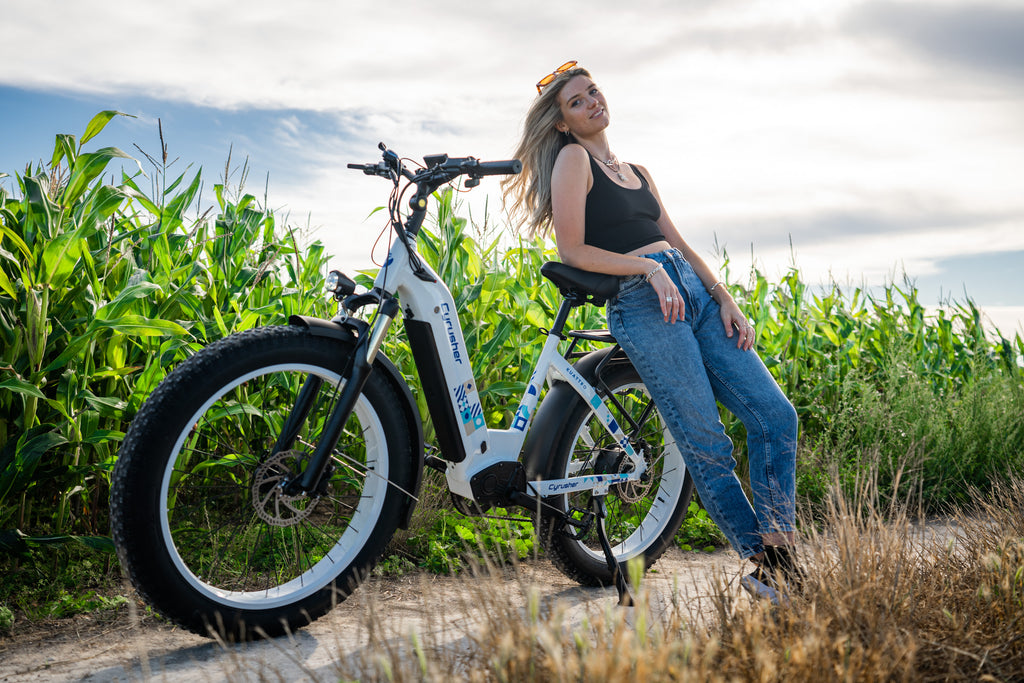
Which motor should I choose?
In conclusion, rear hub-drive and mid-drive motors have advantages and disadvantages. A hub-drive motor electric cycle is a better option if you are a budget-conscious rider. Their lower prices make it easier for more riders to enjoy electric riding. A hub motor e-bike can offer good value for money with enough pedal assist configurations to appeal to consumers with a low or entry-level budget. However, if you're searching for higher performance and a smoother ride, a mid-drive motor is preferable. The more balanced structure enables it to function powerfully across various terrains while consuming less energy. Although it costs more, the richer and more exhilarating ride is not comparable to a rear hub motor.
Choosing a suitable motor is essential for you to enjoy the best riding experience. Consider your budget and the type of terrain you'll ride on to make the right choice.

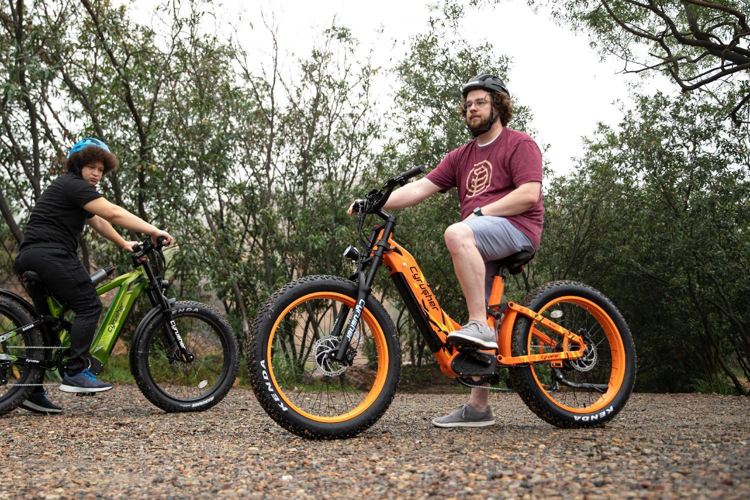
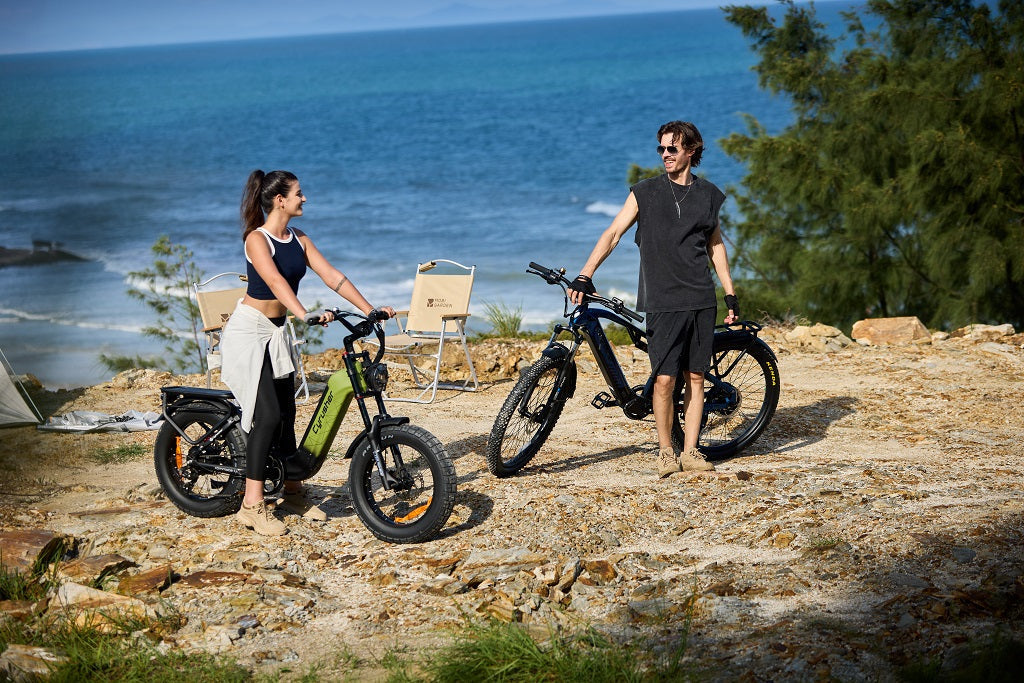

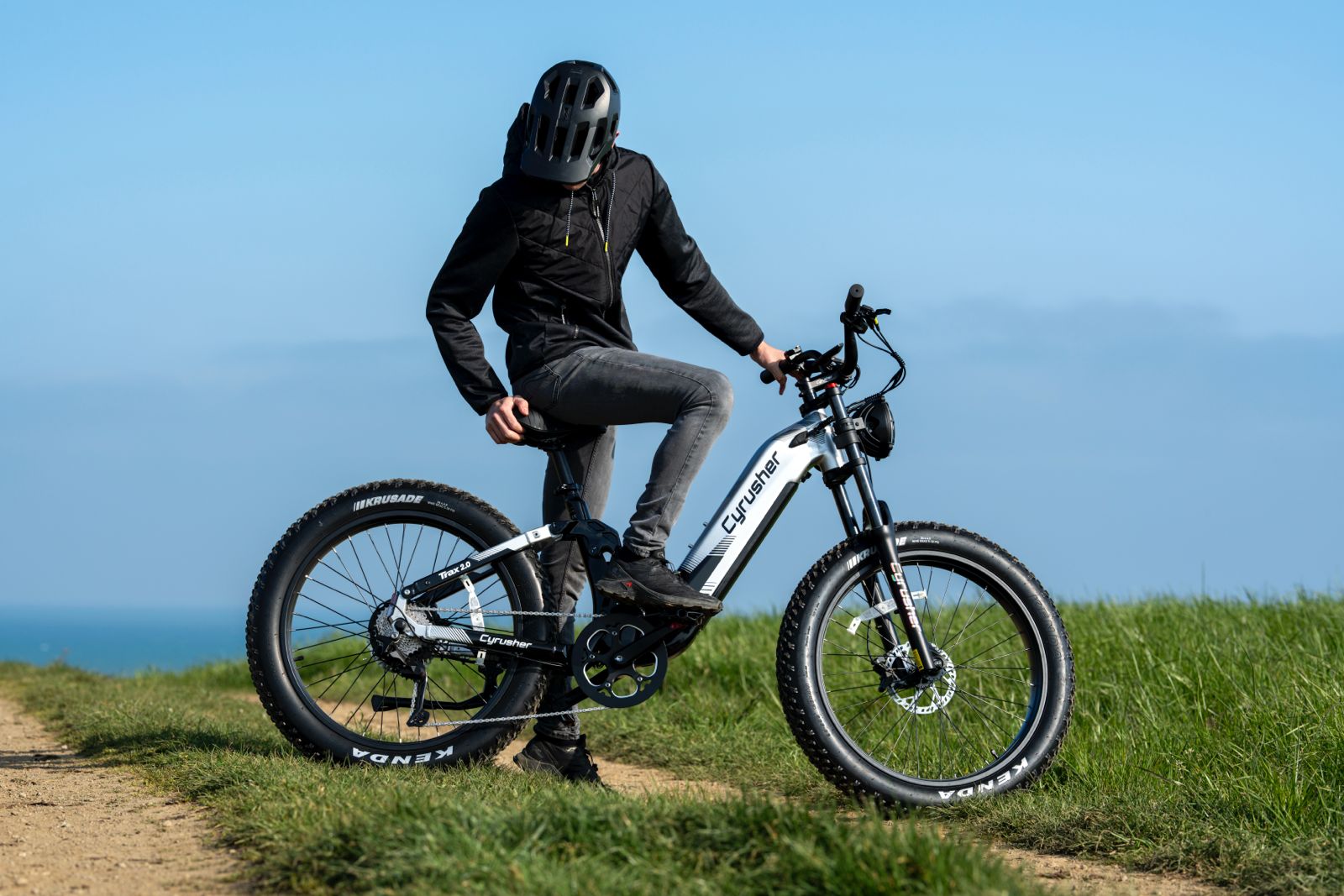

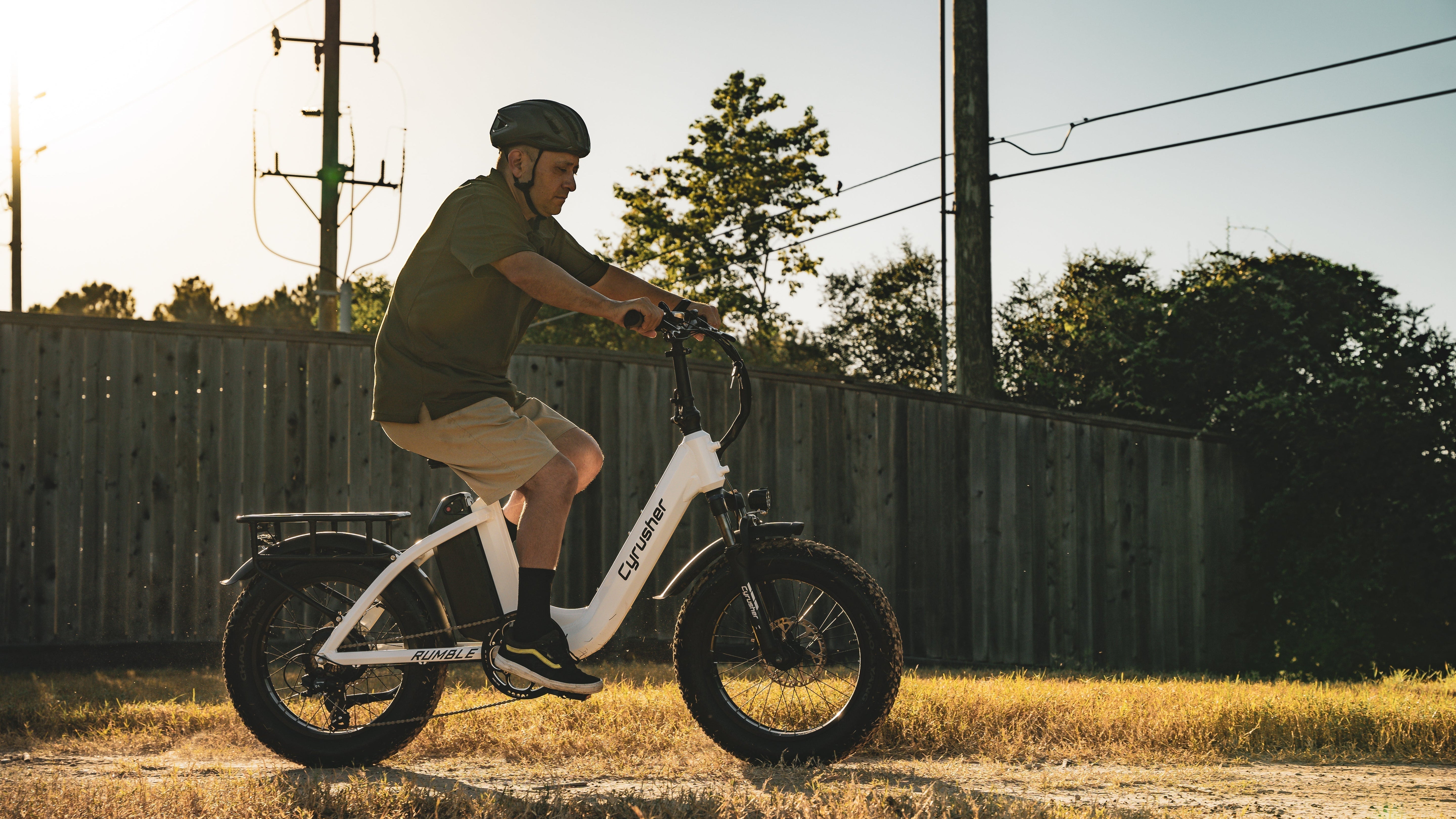

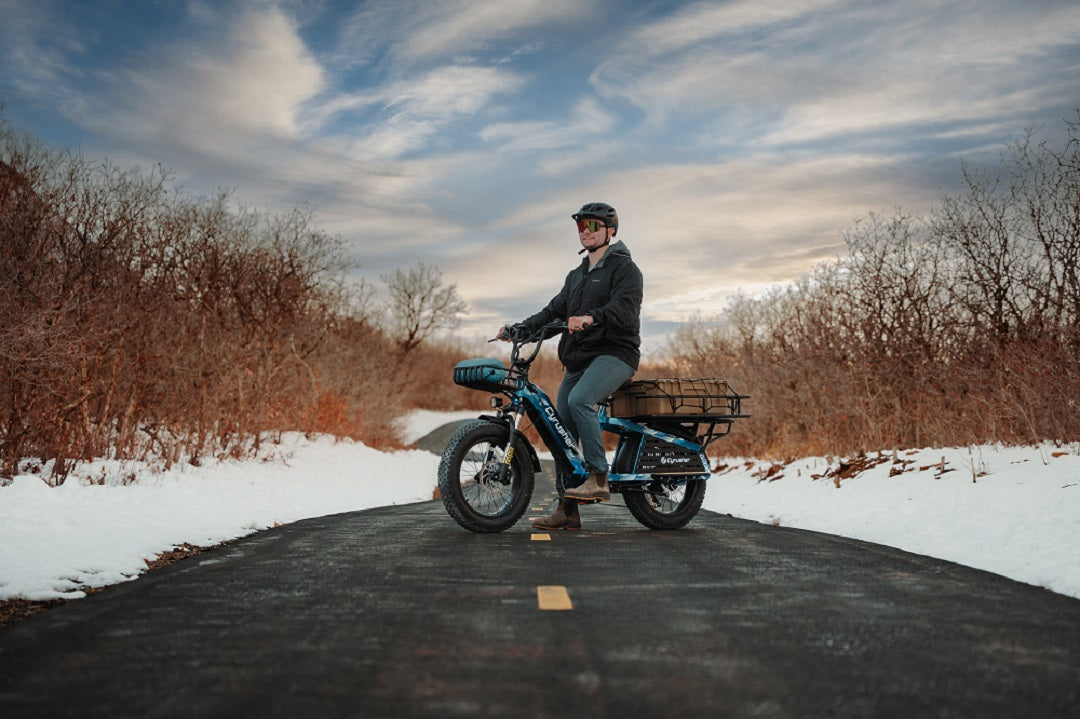
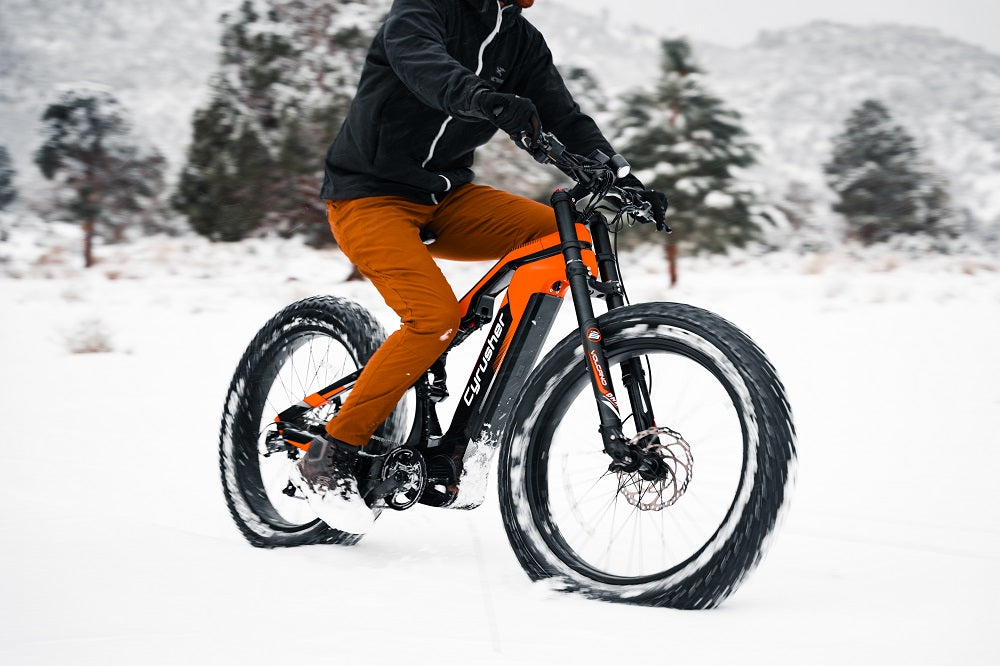
Share:
Summer Adventure Riding Cyrusher Ranger vs SUPER73-S Adventure Series
Can Fat Tyre E-bikes Reduce Flat Tyres